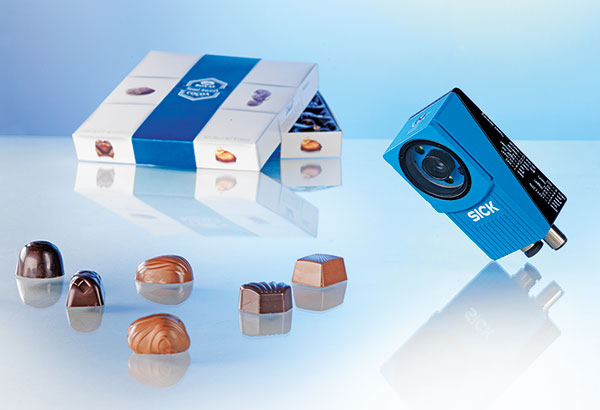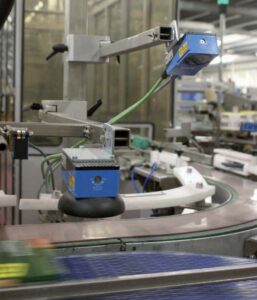Over the past few years, the number of people suffering from food allergies has risen significantly. To ensure that every pack really does have on the inside what it states on the outside, 2D vision sensors from SICK's Inspector product family visually inspect every product that leaves the belt at Crop's. The frozen food manufacturer is therefore able to guarantee that consumers with particular food allergies will always have access to the right information.
The production sequences are subject to careful and comprehensive quality control, which includes the declaration of all ingredients on the relevant packaging. “This means that retailers are taking no risks whatsoever in purchasing our products. If a product were to be packaged incorrectly or not have all the ingredients listed on it, the entire batch is recalled without delay,” explains Tino Blancke from Crop's.
 Integrated Functions
Integrated Functions
“Each packaging line is equipped with two cameras,” Blancke tells us. “One camera inspects the packaging as a whole and checks that the product sleeve has been applied correctly. The second zooms in closer and makes sure that the batch number and expiry date have been printed correctly. Each time the line has been changed over, an employee checks that the new packaging meets specifications. He then issues a command to the camera system that the packaging which follows must correspond to the recorded parameters. If there is any deviation, the camera transmits an error message and the line is stopped. The batch number is checked by counting pixels in the code window. If the result is too low, the product is ejected from the production line automatically.”
100 Products per Minute
Thanks to this incredibly practical approach, Crop's has been able to reduce its error rate in terms of final packaging inspection to zero since introducing the Inspector 2D vision sensors. All starting products are delivered to Crop's already frozen and there they go into interim cold storage at –21 °C. The production processes cover the mixing of ingredients and marinating, whereby the frozen goods chain is not interrupted.
Multi-head weighers then measure out the semi-finished products. Next, they are filled into bags or trays, then fed to the packaging system and, finally, to the spiral freezer. From there, they are transported back into storage. In order to ensure the cold chain is not interrupted, such a cycle only lasts between just under 15 and 30 minutes. Quality control has thus to be performed within this narrow time window too. Therefore, up to 100 products pass the lens every minute and the products must be evaluated inside a fraction of a second. This is made possible thanks to the basic functions provided by the 2D vision sensor.





